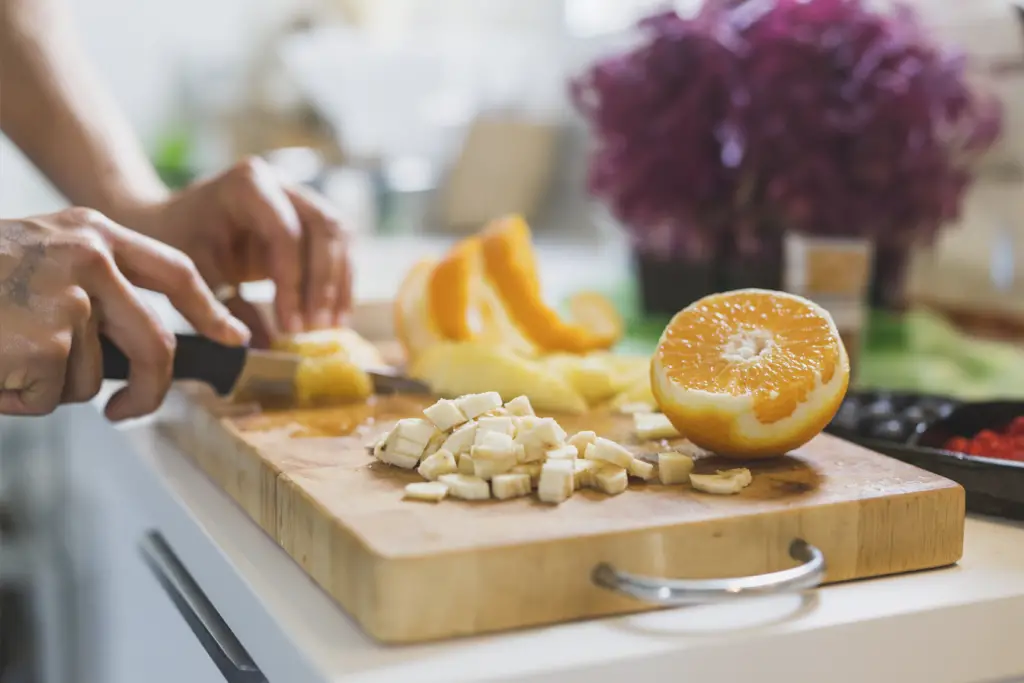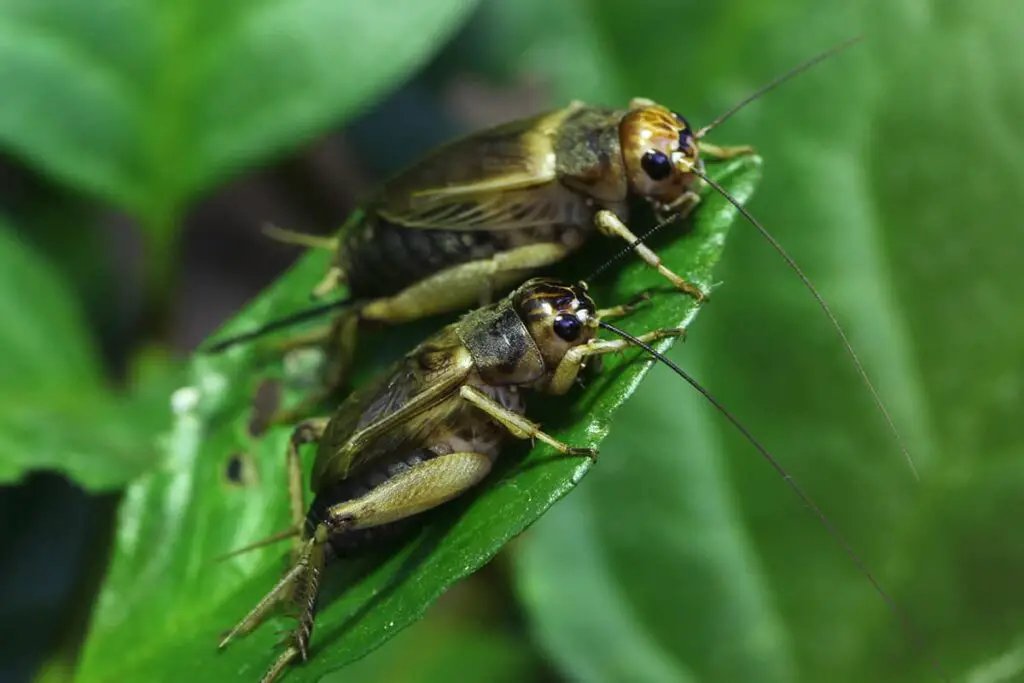
When raising crickets for feeding pets or for human consumption, it’s important to know what foods to avoid giving them. Just like other living creatures, crickets have certain dietary requirements and restrictions that are essential for their health. Understanding these can ensure that your crickets are nutritious for their consumers and that they live a healthy life during their time in your care.
While crickets are generally not picky eaters and can consume a range of foods from fruits and vegetables to grains, not everything in your kitchen is suitable for them. Feeding the wrong types of food can lead to unhealthy or even toxic effects on your cricket colony. Certain items that are often found in our diets can be harmful to crickets and should definitely be kept out of their enclosures.
Keeping your crickets healthy is key to their role in the food chain, whether they’re a snack for your pet lizard or a protein-packed topping on your salad. By being mindful of what not to feed them, you help maintain their nutritional value and viability as a sustainable food source.
Understanding Cricket Nutrition
When caring for crickets, knowing their nutritional requirements is essential. Proper nutrition keeps your crickets healthy, which is particularly important if they are being used as feed for other animals.
Essential Nutrients for Crickets
Crickets require a balanced diet that includes proteins, carbohydrates, and fats. Proteins are crucial for their growth and can be found in items such as grains and commercial cricket feed. Your crickets also need fiber from fresh fruits and vegetables, which aids in their digestion. Additionally, crickets should have access to calcium for proper exoskeleton development. This can be provided through calcium-rich foods or supplements.
Dietary Diversity and Balance
Strive for balance in your cricket’s diet by providing a variety of food sources. A mix of fruits, vegetables, and proteins mimics their natural diet, offering a range of nutrients. Avoid excessive moisture in their enclosure, as it can lead to health issues. Instead, provide hydration through wet sponges or water gel products that prevent drowning and control humidity. Remember, what your crickets eat, your pets eat, so your cricket’s diet directly impacts the nutrition of the animals feeding on them.
Proper Food Handling
When preparing food for your crickets, it is critical to focus on safe food storage and preventing contamination to ensure their health and vitality.
Safe Food Storage
- Keep it cool: Store perishable food items like fruits and vegetables in a cool environment to prevent spoilage.
- Dry storage: Grains and other dry foods should be kept in airtight containers to maintain freshness and prevent pests.
Preventing Contamination
- Clean surfaces: Always use clean surfaces and tools when preparing cricket food to avoid the introduction of harmful bacteria.
- Separate raw and cooked: Never mix foods used for crickets with those for human consumption to prevent cross-contamination.
Common Mistakes in Cricket Diet
Preparing food for crickets requires attention to detail to ensure their health and vitality. Overlooking certain aspects can lead to overfeeding and incorrect nutrition, which are detrimental to their well-being.
Overfeeding Issues
Feeding your crickets too much food can create a host of problems. Spoilage is a prime concern, as uneaten food can decompose and promote bacterial growth, leading to an unhealthy environment. It’s best to provide a measured amount of food, checking regularly to remove any uneaten portions.
Wrong Food Choices
Selecting the right food is crucial for the health of your crickets. Foods high in fat and low in nutrition, such as processed human food, can lead to deficiencies. Instead, focus on nutrient-rich vegetables, grains, and commercial cricket diets—this ensures your crickets receive a balance of vitamins and minerals essential for their growth.
Frequently Asked Questions
Before feeding your crickets, you may have questions about what foods are safe and what to avoid. This section aims to address commonly asked questions to help you maintain the health of your cricket colony.
What ingredients are unsafe to include in a cricket’s diet?
You should never feed your crickets anything containing pesticides or chemicals. Foods like onions or citrus fruits can also be harmful to crickets due to their strong odors and acidity.
How can I tell if food is harmful to crickets before giving it to them?
Research is key. Check reliable guides such as What Fruits and Vegetables Can I Feed My Crickets? to ensure the foods you’re considering are safe for crickets.
Which common food items should be avoided when feeding crickets?
Avoid chocolate, caffeine, and salty foods as they can be toxic to crickets. Also, steer clear of processed foods which could harm your crickets and, subsequently, the reptiles that feed on them.
Are there any fruits or vegetables that could be poisonous to crickets?
Yes, fruits with high citrus content and some vegetables like onions can be detrimental to crickets’ health. These can disrupt the crickets’ digestive system and overall well-being.
What mistakes should I steer clear of when gut loading crickets for nutrition?
Ensure you’re gut loading with nutritious foods and avoid old or spoiled items that could breed bacteria. Freshness is crucial, as outlined on How to Take Care of Crickets.
What are the signs that crickets are not tolerating their food well?
Signs of poor tolerance can include a lack of activity, increased mortality, or an unpleasant odor in their habitat. If you notice any unusual changes, it’s important to reassess their diet immediately.
Driven by a passion for those tiny creatures that rule our world, we at Bug Domain strive to be your go-to resource for information on insects.




